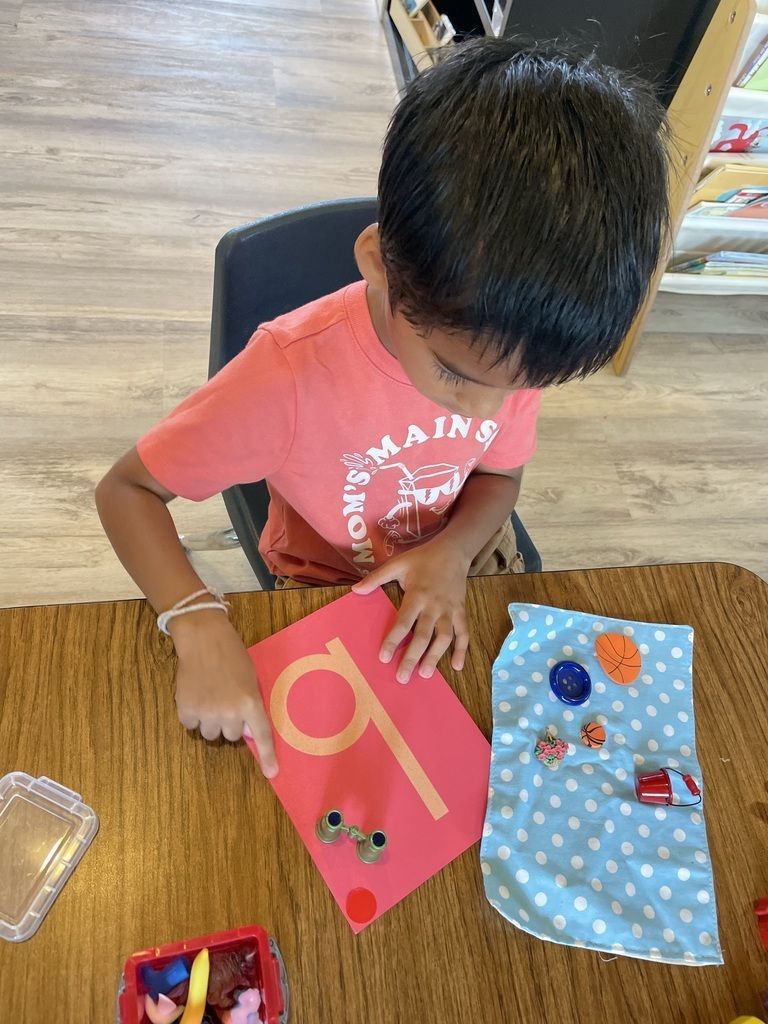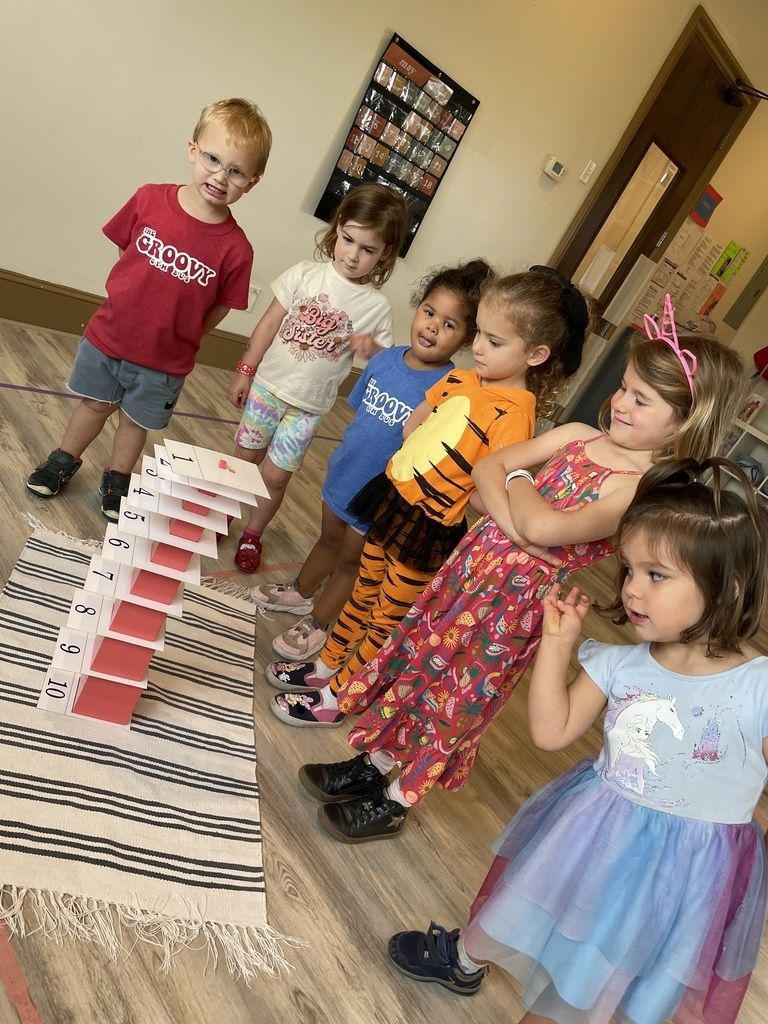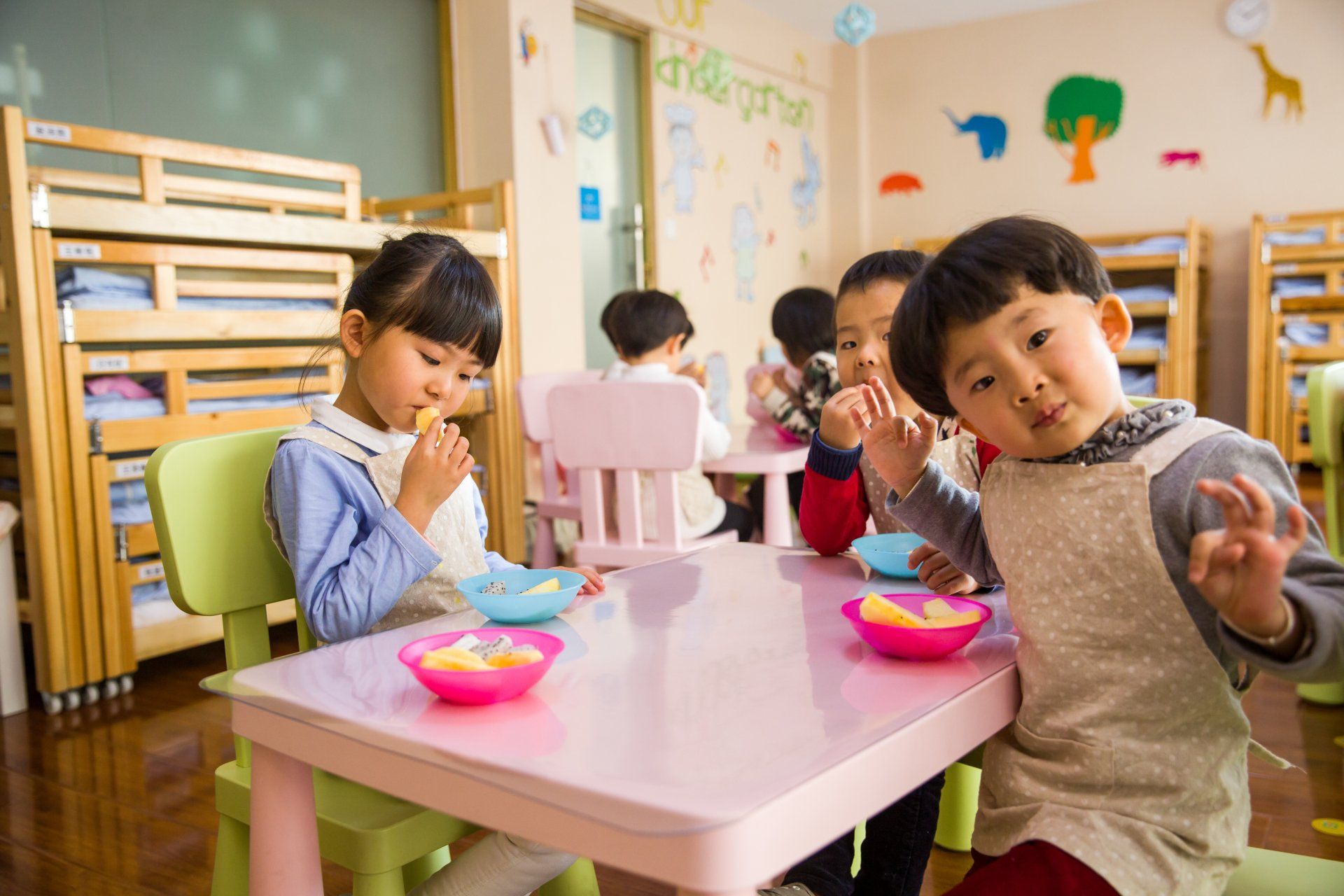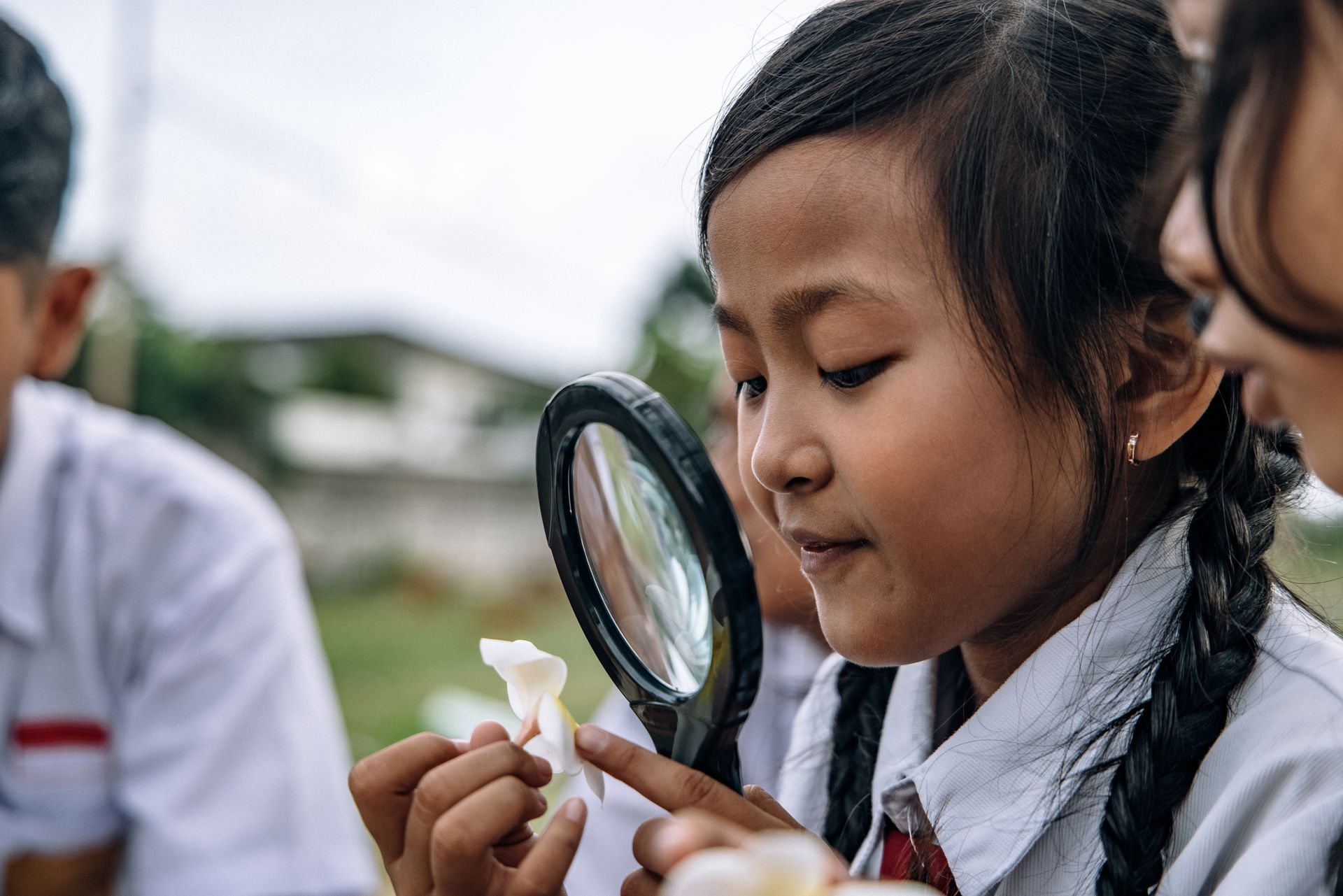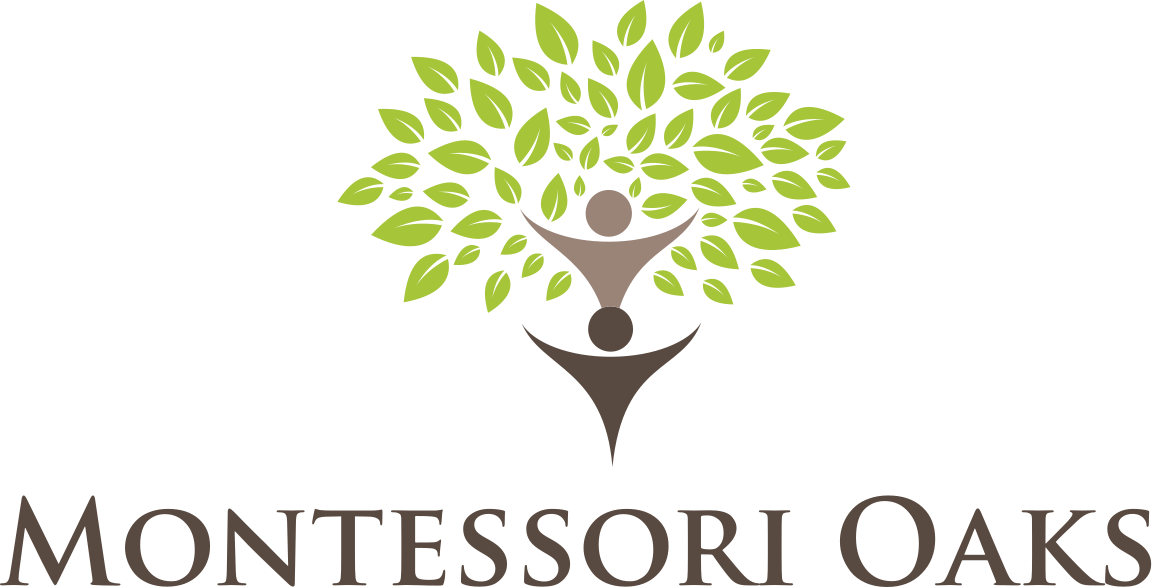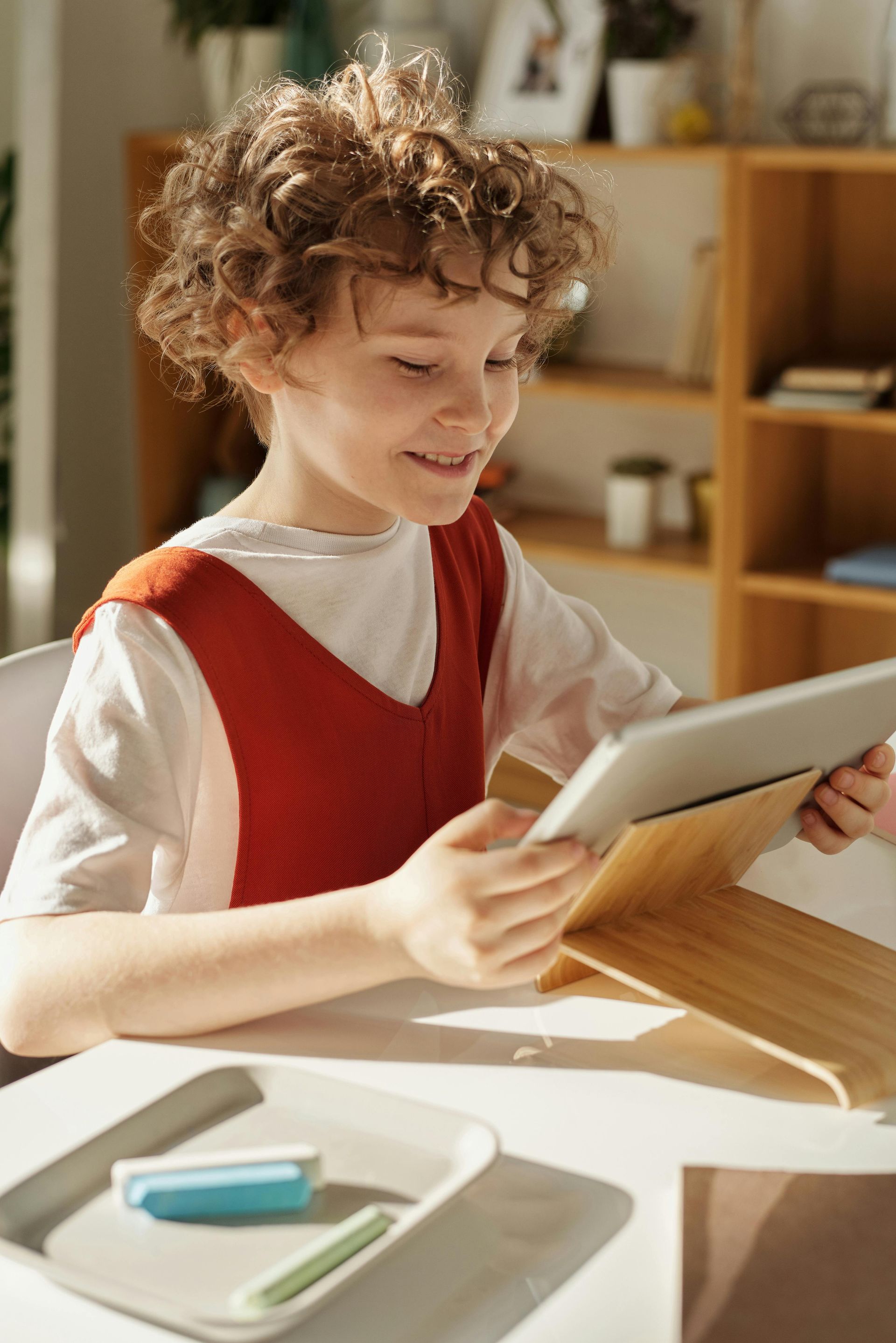The Benefits of Bilingual Education: Montessori's Approach to Language Learning
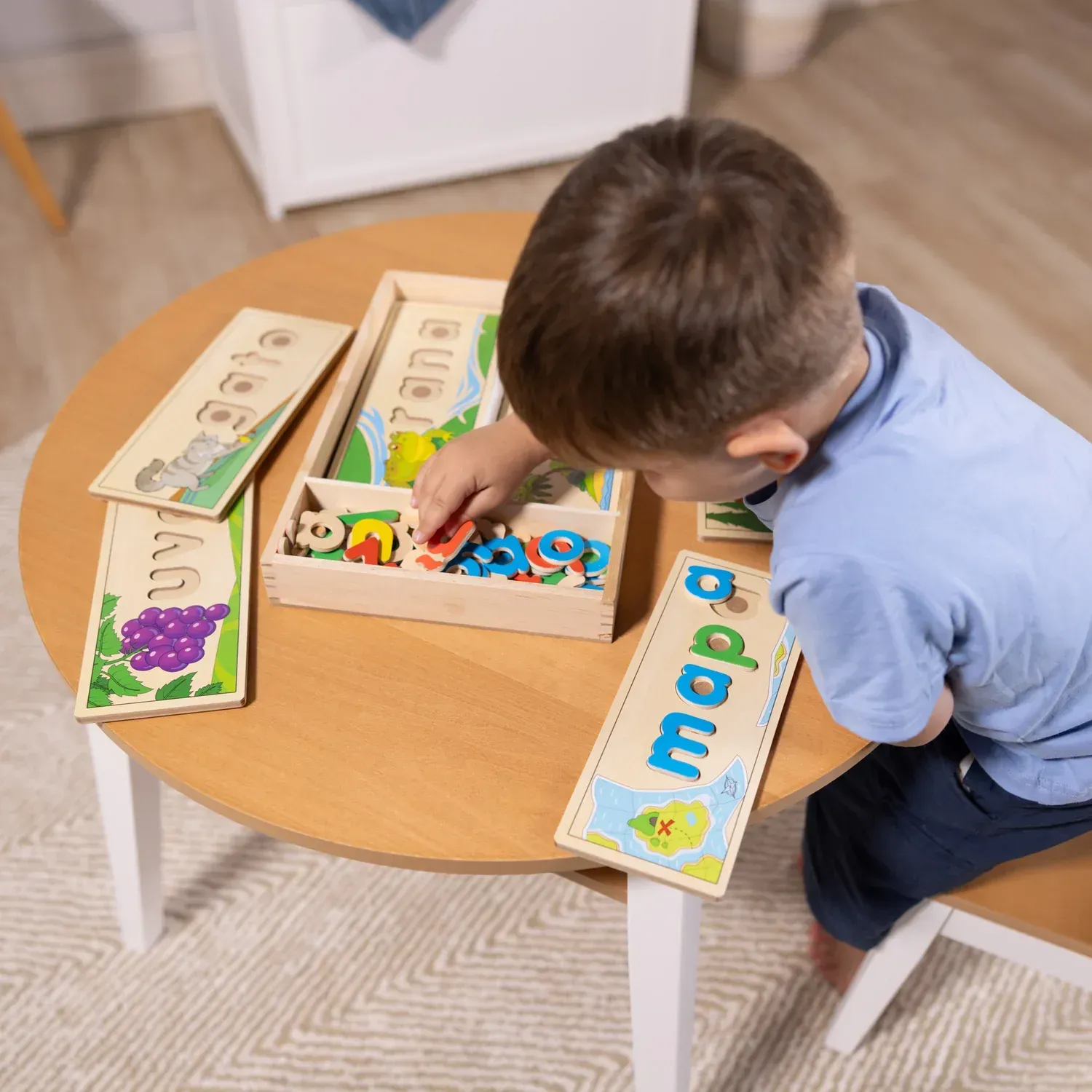
The Benefits of Bilingual Education: Montessori's Approach to Language Learning
In today's interconnected world, the ability to communicate in multiple languages is a valuable skill that provides numerous cognitive and cultural benefits. Montessori preschools have long recognized the advantages of bilingual education, incorporating it into their educational philosophy to enhance young learners' cognitive development. We will explore Montessori's unique approach to bilingual education, its cognitive advantages for preschoolers, and why this method is gaining popularity among parents and educators.
Montessori's Approach to Language Learning
Maria Montessori, the founder of the Montessori method of education, believed that language is one of the foundations for early learning. She advocated a holistic approach to language learning, including immersion, hands-on activities, and self-directed learning.
In Montessori preschools, children learn two languages from a very early age. Through a dual-language immersion program, one teacher speaks English, and the other speaks Spanish. Children communicate in either language and are encouraged to use both throughout the day.
The Montessori classroom environment is also rich in language-learning opportunities. Children learn from books, magazines, and other materials in both languages. They are also encouraged to participate in language-based activities, such as singing songs, reciting poems, and playing games.
Cognitive Advantages of Bilingual Education
Research has shown that bilingual education offers several cognitive advantages to young learners. Bilingual children have better memory, attention, and problem-solving skills than their monolingual peers. They are also more skilled at switching between tasks and thinking critically.
These cognitive advantages are likely because bilingual children must constantly use their executive function skills to manage two languages. When a bilingual child speaks, they must decide which language to use and how to switch between languages seamlessly. They must also be able to understand and respond to speech in both languages.
Benefits of Bilingual Education in Montessori Preschools
Montessori preschools offer several unique advantages for bilingual learners. First, the Montessori curriculum meets the individual needs of each child. Essentially, children can learn at their own pace and in their way. This individualized aspect is vital for bilingual children, who may need more time to develop their language skills in both languages.
Second, Montessori preschools emphasize hands-on learning and self-directed exploration. This learning environment is ideal for bilingual children, who can learn languages best by using them in a real-world context.
Third, Montessori preschools are typically small and diverse. Bilingual children can interact with children from different backgrounds and cultures. The exposure to cultures can help bilingual children develop a deeper understanding of their culture and the world around them.
Conclusion
Montessori's approach to bilingual education is a testament to the method's adaptability and commitment to holistic child development. Due to the immersive and natural language-learning environment, Montessori preschools offer children the cognitive advantages of bilingualism while nurturing their love for language and culture. As parents and educators seek to prepare children for an interconnected world, Montessori's bilingual approach is a valuable and forward-thinking choice in early education.
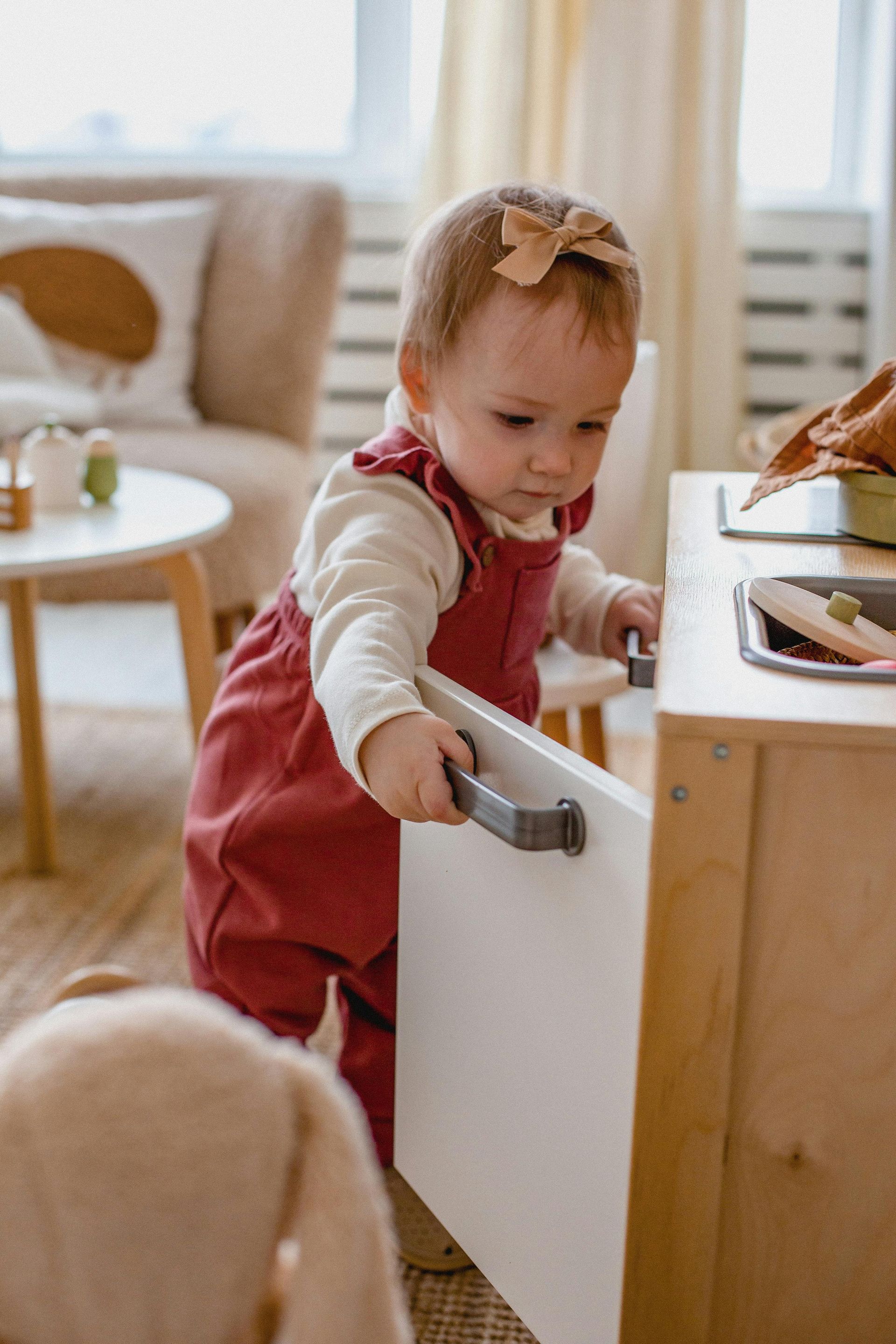
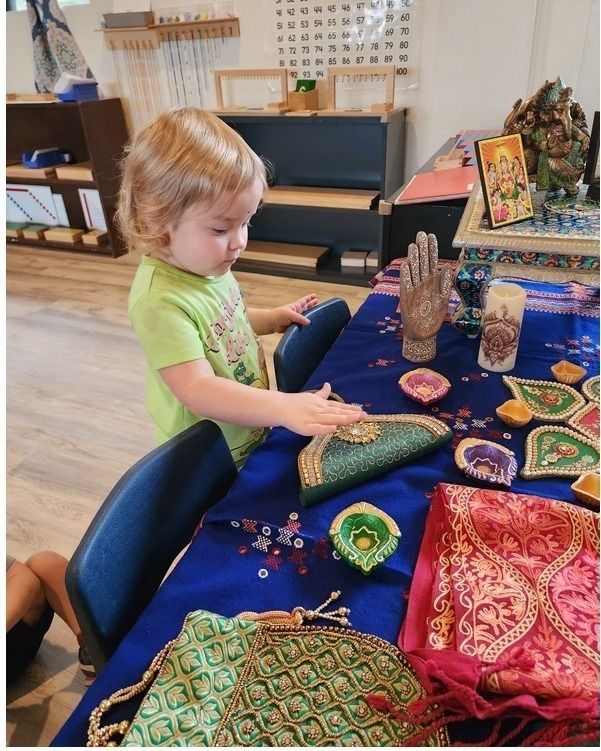
The Importance of Global Citizenship in Montessori Education: Introducing Kids to Different Cultures
